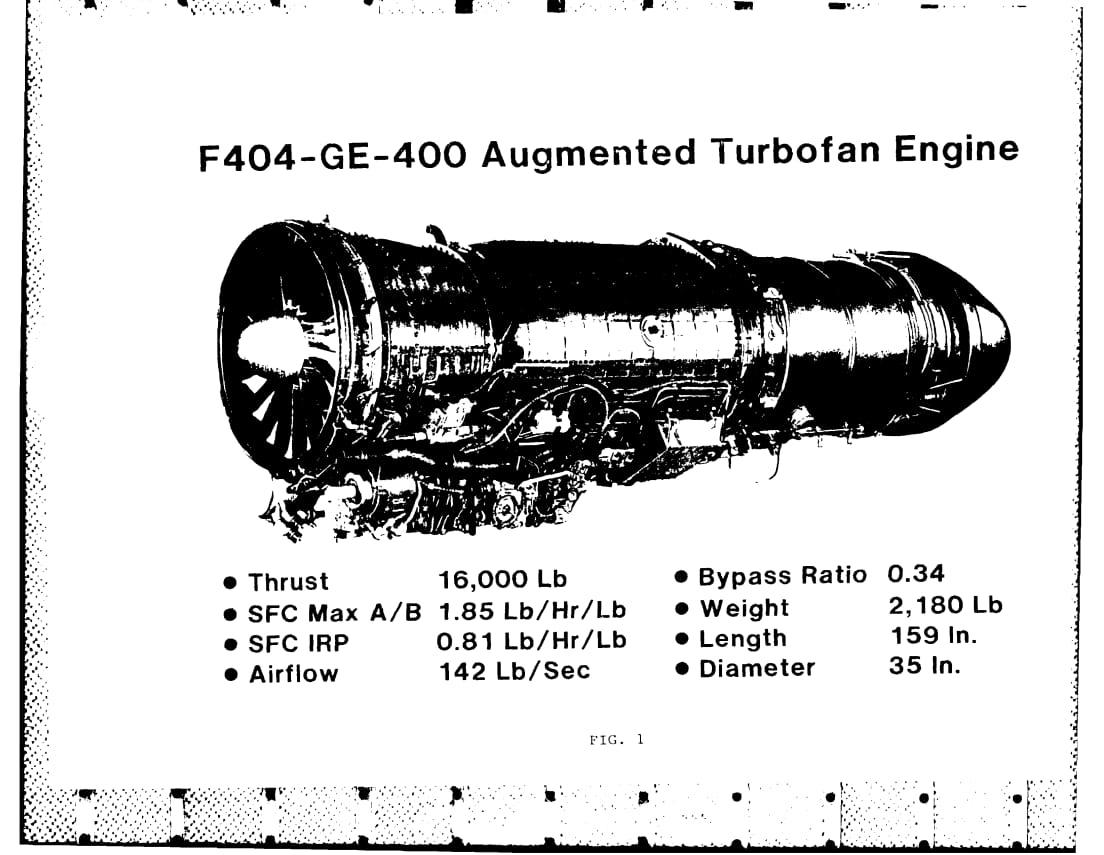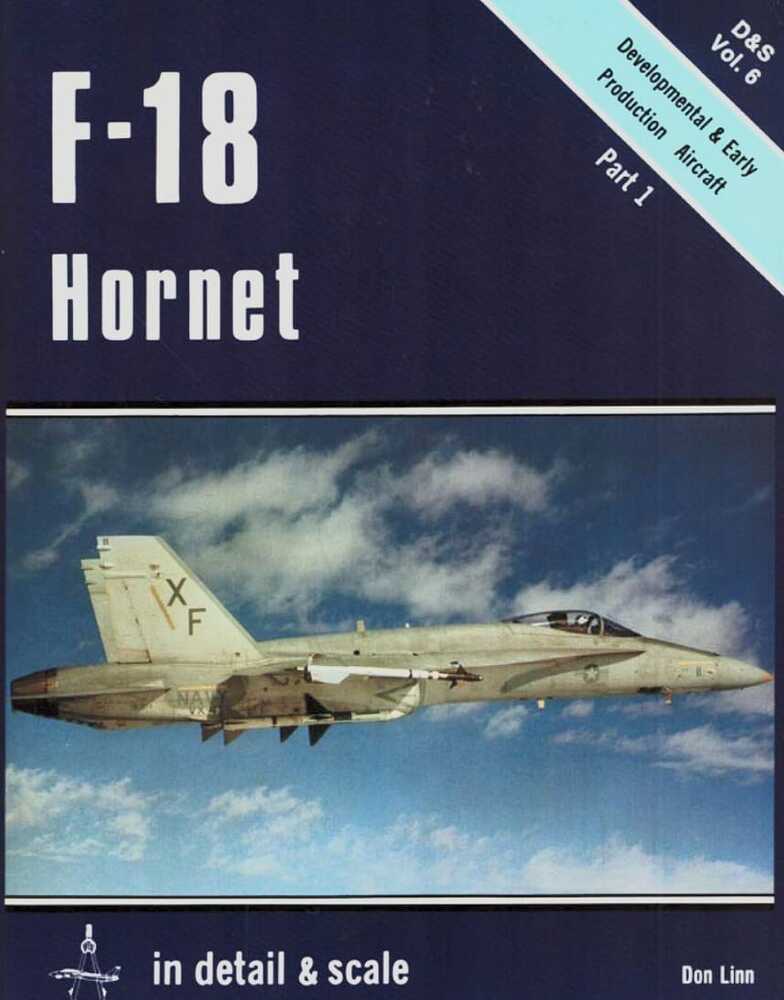To be fair all it really does is add said change to the void of accepted reports. Where they sit there in Limbo until the snail decides to stop being lazy.
Option to show the historical MFD Radar & RWR interface instead of the generic ones :
Strange, literally every actual source I could find shows 16,000 pounds of thrust for the engine itself. What’s the document this is from?

The government accountability office performed an investigation into the Navy Super Hornet program to determine if the legacy hornets indeed had the deficiencies claimed. What they found was that they really didn’t when it came to performance, and in spite of increases in thrust made by the F414 modification, the F-18E/F performed worse in acceleration, climb rate, etc. In any case, what they found was that claimed thrust and installed thrust differed wildly from document to document.
To answer your question directly, that graph is from this source.
QNEP is the Quick Navy Engine Program, the author had access to this and used all of the available thrust data at the time to match the known data to the datapoints from 0.8 to 1.2 mach in sea level conditions. The rest is extrapolated from the program.
Without legitimate thrust charts from performance manuals and other restricted sources, this is the next best thing available.

I hope the document provides some good insight, as you can see, it was validated using far better tools and resources than what has been linked here otherwise.
Thought I should toss this up here for visibility.
AN/APG-65, 65Q and 73 incorrect number of datalink channels // Gaijin.net // Issues
Acclerate
GW-34000 lbs, DRAG Index=0
360-550 KIAS 9s
I don’t have your last two sources on hand, but if they are in agreement with the ADA142103 that you have also cited, then the tech mod is right.
Tracked targets =/= DL channels
In fact, based on 10 targets tracked and 8 displayed, 4 datalink channels seems a bit higher than usual … Wouldn’t be surprised if it was actually 2 (at least for the “baseline” APG-65)
In fact, F-16C’s APG-68 should be limited to two simultaneously engaged targets:
“(With the F-16’s previous APG-68 fire control radar), I had the ability to target up to two tracks, that’s it,” said Lt. Col. Michael Trujillo, District of Columbia ANG’s 113th Aerospace Control Alert Detachment commander, the unit responsible for the air defense of the national capital region. “At that point, my radar is completely saturated and has no more bandwidth. With the AESA radar, (without getting into) specific numbers, I can target more things than I can shoot.”
APG-73 incorrect number of simultaneously tracked targets:
https://community.gaijin.net/issues/p/warthunder/i/YoikVvVU5egl
Doubtful, the AN/APG-73 Phase 2 / RSP II is directly quoted at having 10 weapons engagement channels with an additional 2 being added by the Phase 2 / RSP II upgrade.
The AN/APG-65 and subsequent 73 series are second to none for their generation beyond the F-15’s radar and vastly outperform the F-16’s radars which were limited by installed space.
Here are my citation snippets, they should be in order from top to bottom (might be slightly mixed up) according to the citations in the original report if you need them.



Hence my emphasis on the “baseline” APG-65, and my report above on the APG-73 having the capability to track 24 targets.
For the “baseline” APG-65 engaging 8 targets simultaneously seems a bit much when the radar can only track 10 targets in total and display only 8.
But for APG-73 it seems reasonable as it can track 24 targets …
Keep in mind that the “quality” of track needed for weapon employment is higher than what is needed for “just looking at them”.
That’s why aircraft usually can “engage” only a fraction of the number of targets that they can “track”.
Now IRL this might be more of an operational guideline than a hard limit, but just like many other things the game should be consistent and treat various aircrafts the same way …
@Lolman345 Thanks for sharing the sources BTW
APG-65 incorrect ACM range and patterns:
https://community.gaijin.net/issues/p/warthunder/i/U9LWd08NnOtw
AGM-65D/F/G IR Maverick incorrect FoV:
https://community.gaijin.net/issues/p/warthunder/i/c0wIZ1uBCdhO
AGM-65E Seeker Range:
https://community.gaijin.net/issues/p/warthunder/i/RePLOHOKVPZz
AGM-65E/E2/L Track Rate:
https://community.gaijin.net/issues/p/warthunder/i/lAKr78Q8067L
AGM-65E/E2/L/F/G Warhead:
https://community.gaijin.net/issues/p/warthunder/i/elXPRxl5e8GA
Litening II weight:
https://community.gaijin.net/issues/p/warthunder/i/k091OhJj9cVl
AV-8B Plus & AV-8B (NA) TPOD field of view:
https://community.gaijin.net/issues/p/warthunder/i/uOxBQxBf0QY2
AV-8B Plus & AV-8B (NA) TPOD angular limits:
https://community.gaijin.net/issues/p/warthunder/i/UhZ4CTWQJF30
Hold up, Since when was the AV-8B+ Tac manual able to be used as a source?
Shouldn’t that preclude it’s use to deny this report? @Gunjob
lol I also wonder as I’ve had my reports blocked and taken down because of the same manual.
Hold up, that only clears chapters 1-4 as unclassified lol
Not sure what chapter the performance charts are on but I don’t think it’s before or 4
Good to know that it’s ok to use now.
I just compared the thrust at 0 km/h with the mass of the empty aircraft and came up with the following numbers:
Am I correct in understanding that you think that the even F-18A has a better thrust to weight rating than the F-16 block 50, F-15C and MiG-29A?
Then the question is, if the F-18A’s thrust-to-weight ratio was fine, then why did they make the 402 engine at all?
It seems to me that someone has absolutely no logical thinking.
Simply if you look up all the reference books, you will see that the thrust of the F-18A GE400 is indicated as 7260 kgf, and the RD-33 as 8300 kgf, and for example the F-16C GE129 as 13400 kgf. So you want to say that in all the literature for military aircrafts (like Jane’s All Worlds Aircrafts or Osprey Combat Aircraft series etc), the static thrust of the hornet’s engine installed on the aircraft is indicated, while for other aircraft (F-15, F-16, Mig-29 etc.) the thrust is indicated as the rig thrust? What did the Hornet do to deserve such uniqueness and privileges?
TF-30 should be 25% more powerful than GE400 (TF30 = 9071kgf) if we look at this document: https://forum-en-cdn.warthunder.com/original/4X/a/8/c/a8c8d664cebf5a3b2bd9c2620db4ce9294d78f3e.jpeg
But TF30 has only 7994 kgf (the figure differs from that given in the document) static thrust compared to 7260 kgf (the figure matches the document) of GE400 in the WT
Aircraft engines need to be modelled and compared under equal conditions based on the same approach, and not as it’s done here.
P.S. The Su-27 in the game also does not have such big static thrust losses as other planes. Incomprehensible thrust curves, because of this it flies more than 1500 km/h near the ground, although in reality this figure should be around 1400 km/h.
and M2000C seems to have a lossless thrust in the game too. Now I’m not surprised why this miracle can go 1500+ km/h at low afterburner (zone 1- zone 2) and break its wings. facepalm.
The F-18 was not known for its TWR and anyone trying to say it was is funny. Good write up.










